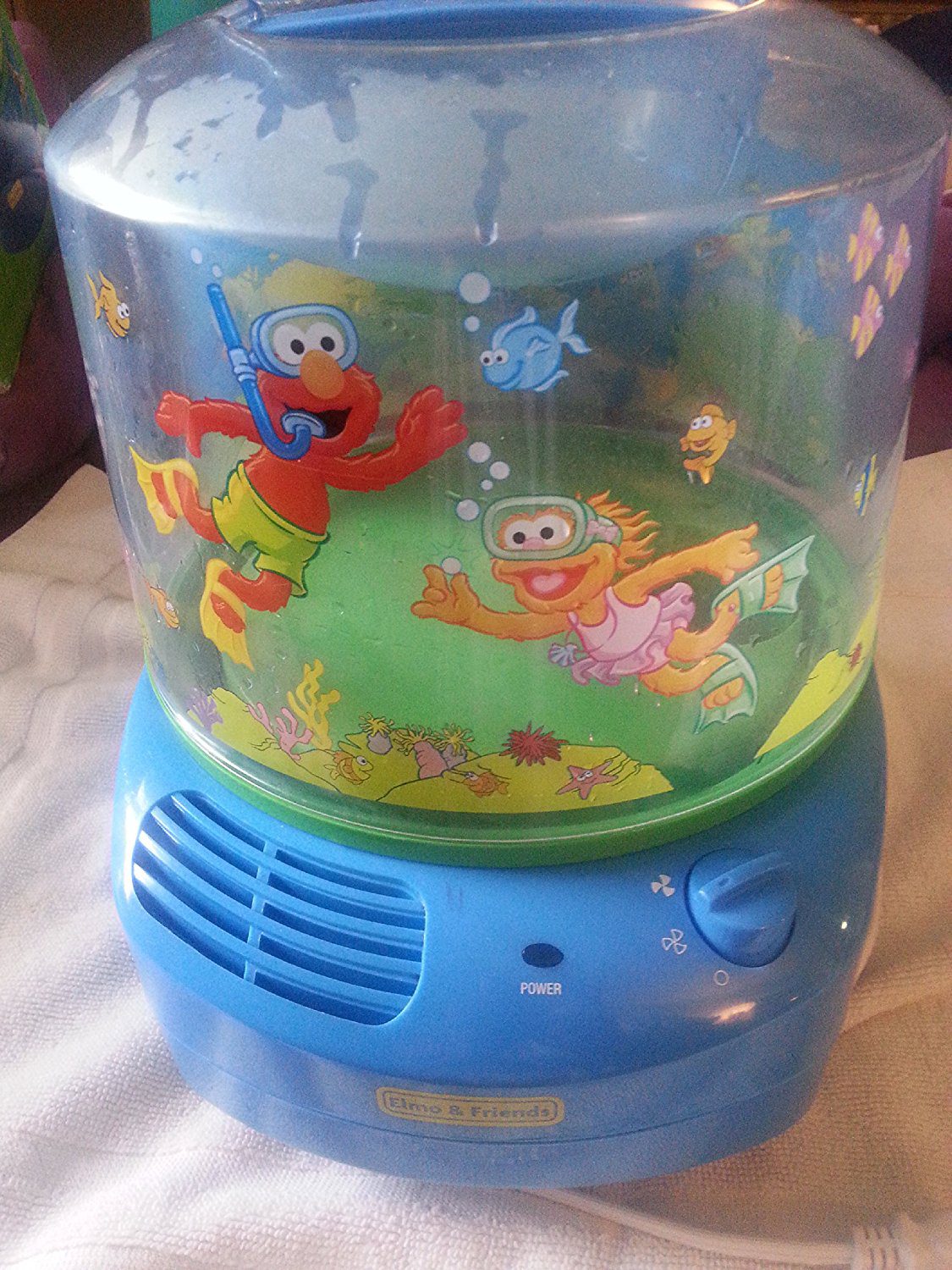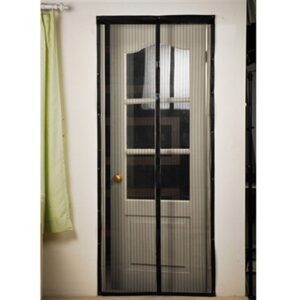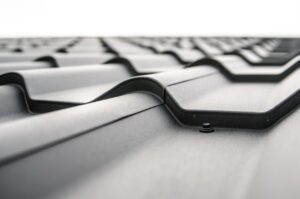Already have a baby humidifier or do you want to invest in one? You might want to learn how to clean humidifiers before purchasing as they can be a potential bacteria breeding ground.
If you are looking to have a clean humidifier, this is for you. One of the issues with humidifiers is that while they may seem like they are clean devices, they can build up bacteria. That bacteria is then spread throughout the room, which is traveling directly toward your baby. Consistent exposure to these germs and bacteria can cause your baby to become sick.
There are steps you can take to ensure that your baby stays healthy the whole day long with these best baby cereals. In this article, we will teach you a few nifty tricks on how to keep a humidifier clean for a baby the right way. Each humidifier is different, but the process of having it clean is the same.
Table of Contents
Choosing The Right Type of Humidifier
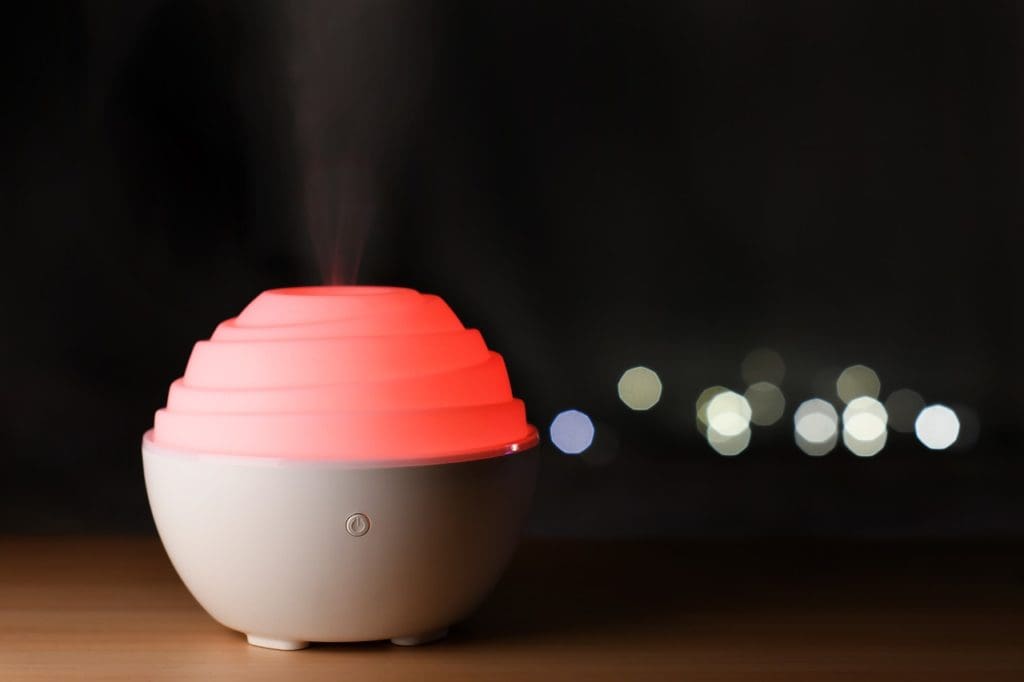
The very first step is to learn how to select the correct type of humidifier. While you may firmly believe that every humidifier is the same, the truth is they are all different. They have the same function, but many of them use various filters – some are good for babies, and some are not.
Besides, if your child has asthma or other breathing problems, it is not recommended to use such a product, not even a very clean humidifier. There are other reasons to use a humidifier. A humidifier can help alleviate the symptoms of your child’s nosebleeds, colds, sinus infections, or dry skin. On top of that, it helps to make breathing more comfortable and can be soothing at night.
Warm Humidifiers vs. Cool Mist Humidifiers
Warm mist humidifiers generally use boiling water and do not have an internal fan. It can be upsetting to babies because not only does it produce noise, which may wake them up, but also increases burn risks. We would only recommend these for small areas at a high level of use in the winter.
On the other hand, cool misters are best for large rooms. They are ideal for babies because it disperses within the room and features a controlled temperature. These devices also use less electricity and can generally run for around 20 hours at a time. They are safe for children, have a quiet operation, and come with a whole host of extra features.
Different Types of Humidifiers
We should also note that there are multiple types of cleanroom humidifiers. While not all of them are bad, some of them are just more preferred for babies. We have done some research and will give you some necessary information on each type;
● Vaporizers – devices, that boil water inside and create steam. This steam is then evaporated and dispersed into the air. Although they are not bad for children, they are not recommended due to the risks of burns.
● Evaporative Humidifiers – these use a fan to blow water over a wick and then into the air. These are safe to use around kids and are less likely to produce bacteria.
● Ultrasonic Humidifiers – these use high-speed vibrations to help convert water into vapor. These are ideal and less of a risk due to how they operate. Besides, they are the quietest and most efficient out of all the ones available.
● Impeller Humidifiers – these function through a high spinning disk that turns water into vapor. While they are the safest, they do make a lot of noise, which is why they are not ideal for children.
Our Top 10 Humidifier Recommendations
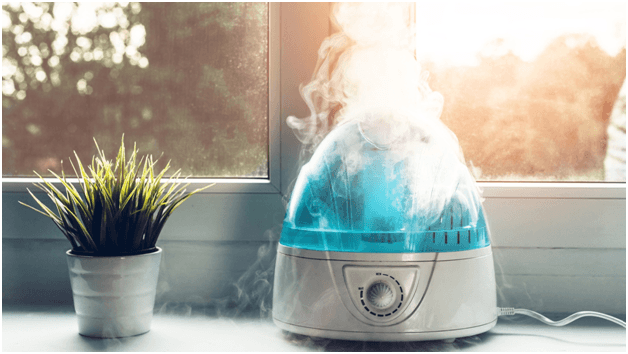
Just as you would with any other type of filter, always check what it’s filtering. Humidifiers are not always designed for babies, so buying one marketed toward children can help alleviate some research. There are two types of devices – no clean humidifiers and manual clean ones. Here are a few recommendations we can make.
- Vicks Ultrasonic Humidifier – this item includes a tank that can run for up to 20 hours at a time. Besides, the smooth operation ensures that it won’t wake up your baby at night. Besides this, it includes direct misting, which helps alleviate dry skin amongst other symptoms. Overall, you will have a clean humidifier.
- Honeywell QuietCare Cool Mist Humidifier – the tank can run continuously for 24 hours without being refilled. It is the best in terms of covering a large amount of space – up to 2,300 sq/ft. It is suitable for families or those with more than one child.
- Vicks V3100 Mist Humidifier – this tank can run for up to 18 hours and produces a cool mist. The filter includes an extra wick which can help filter impurities and dust from forming. It’s also quiet operation, which means it’s ideal for nighttime. It should be easy to maintain as a clean humidifier.
- TaoTronics Cool Mist Humidifier – this is a quiet ceramic filter that features built-in antibacterial properties. It can be useful if you don’t want to be continually cleaning out the tank. It features a one-gallon tank and full humidity control.
- Urpower Cool Mist Diffuser – comes with an optional night light and compact design. It’s easy to transport from room to room and looks more like a decoration. The tank is only half a gallon, so it will need to be refilled.
- Crane Cool Mist Humidifier – this features a queue kid elephant design that blends in well with baby rooms. The device provides full humidity control and comes with an antibacterial tank.
- Sparoma Ultrasonic Humidifier – this includes a cool mist and provides full humidity control. The device can function for a whole 36 hours, which is useful for multiple days. Inside the lining is a silver clean technology humidifier that helps prevent bacteria and keep the water clean.
- REIDEA Ultrasonic Humidifier – the last recommendation we have includes a cool mist with super-efficient ultrasonic technology. The wooden grain look blends well with any modern home and is cool to the touch. The compact construction allows it to rest in most places. Plus, it will enable you to preset timing controls.
What Kind of Water to Use to Maintain a Clean Humidifier
Depending on where you get the water, it will have different amounts of mineral properties. The number of minerals can be both a good and bad thing for your little ones. Minerals provide essential nourishment into the air, but can also clog up your filter and cause bacteria to spread and grow.
If you are looking to prevent this, we highly suggest that you use distilled water. It is commonly found in the water bottle aisle in grocery stores and has been filtered down to contain only a few key minerals. While this can reduce the amount of bacteria buildup, you will still need to clean your humidifier due to those trace minerals.
Best Way to Clean a Humidifier
There are specific steps for easy-to-clean humidifiers for babies. Now we will teach you how to prevent a buildup of bacteria, mold, or any other harmful germs that may cause your little one to get sick.
1. Unplug the device first, as cleaning it while plugged in can be dangerous and lead to electrocution.
2. Empty the remaining water from the container and rinse it thoroughly.
3. Clean the humidifier with hydrogen peroxide or white vinegar and water mixture to clean the pot humidifier compartment with help.
4. Allow the clean humidifier tank to sit for a few minutes before rinsing it and wiping it down with a towel.
You should always rinse the device once a week with soap or clean humidifier filters with vinegar, as it helps prevent a buildup of white residue and bacteria. Plus, you will be disinfecting it from the model as well. As for the filters, you should check the manufacturer’s recommendations on how often to replace those. Only use filters that are designed to be used with that specific humidifier.
Having A Clean Humidifier: The Small Parts & Buildup
If you have never had a clean humidifier, there may already be a buildup of white powder or mold. When this happens, it is best to take a toothbrush and gently scrub down the device. This will help disinfect and get rid of the residue.
If you notice that you cannot reach and clean where the residue or mold is, it would be better to throw the unit away. Smaller parts that can be disassembled should be wiped down with a clean cloth with vinegar or mild soap. From there, rinse and allow drying before refilling it and plugging it back in.
Conclusion: Babies are susceptible to bacteria, and germs can easily compromise their health. It’s best to learn how to use and clean a humidifier properly to help alleviate these risks. Each humidifier is different, so be sure to go through each option before purchasing it. Plus, the device will need upkeep every week.
Do you have a clean humidifier? What do you think? Let us know in the comments!
Author’s bio: Richard Browny father of two. He writes weekly on his personal blog, which is dedicated to raising kids and tech gadgets that make your life easier. He has traveled to twenty countries.
Featured Image by Pixy.org

